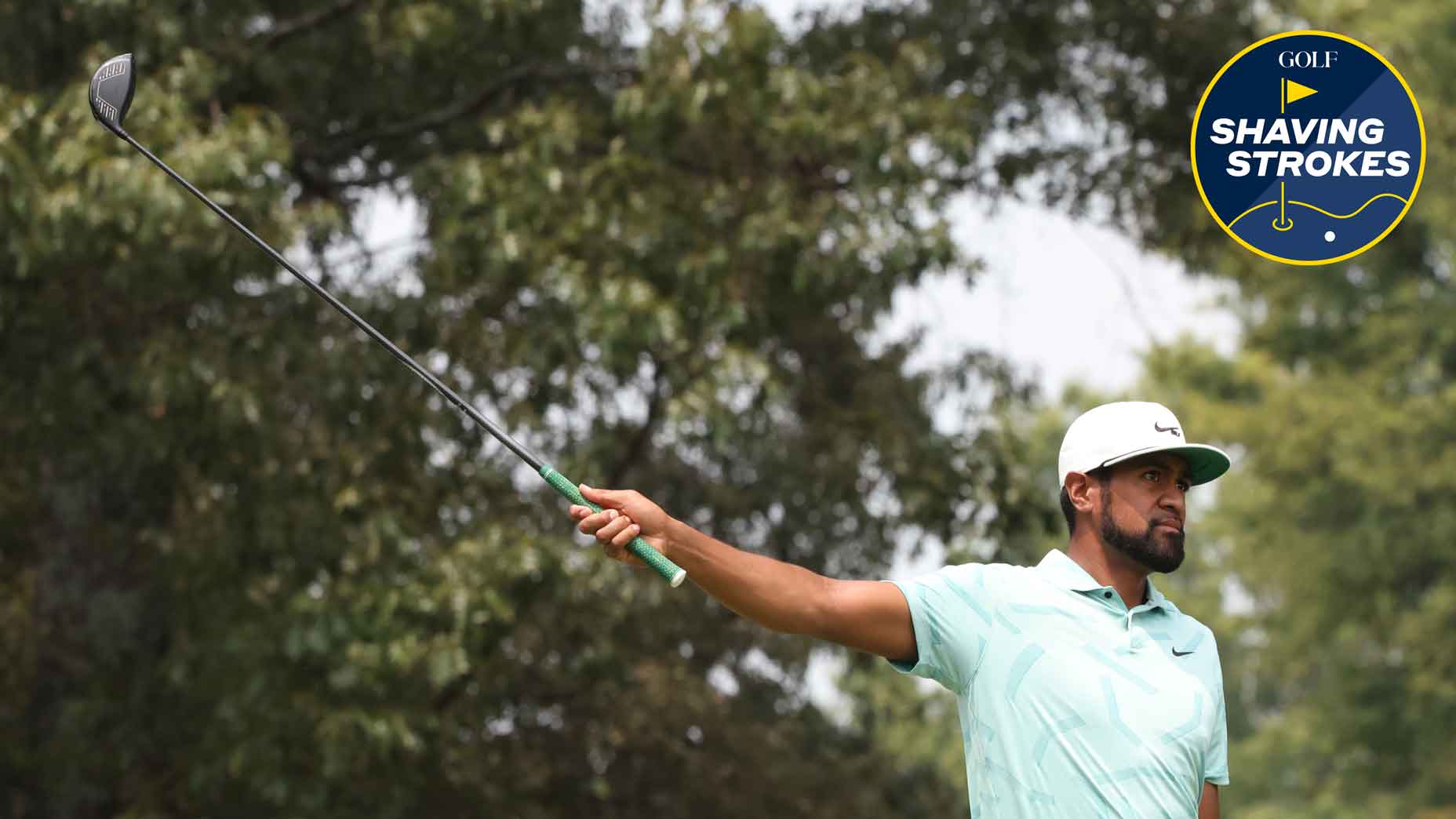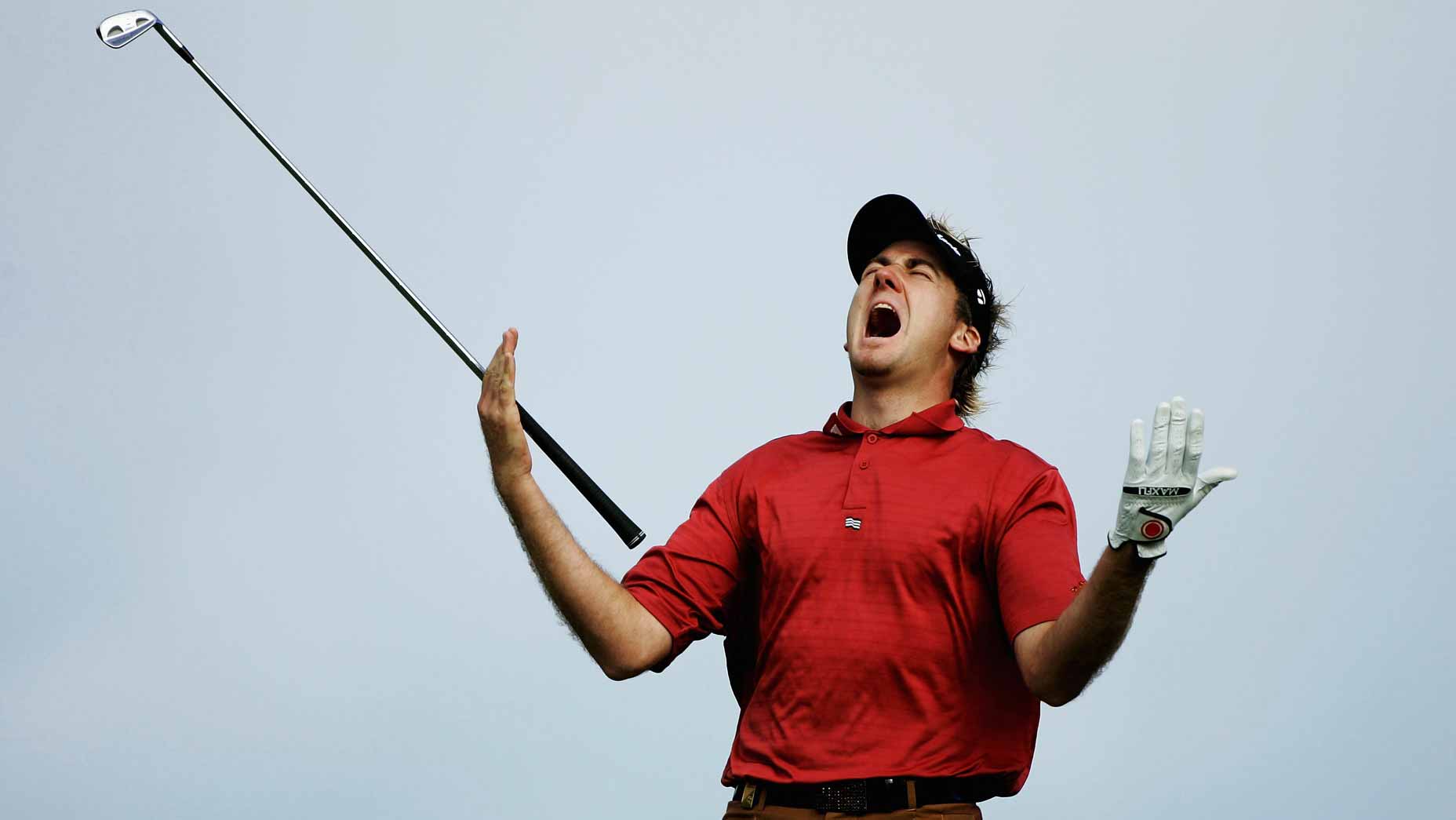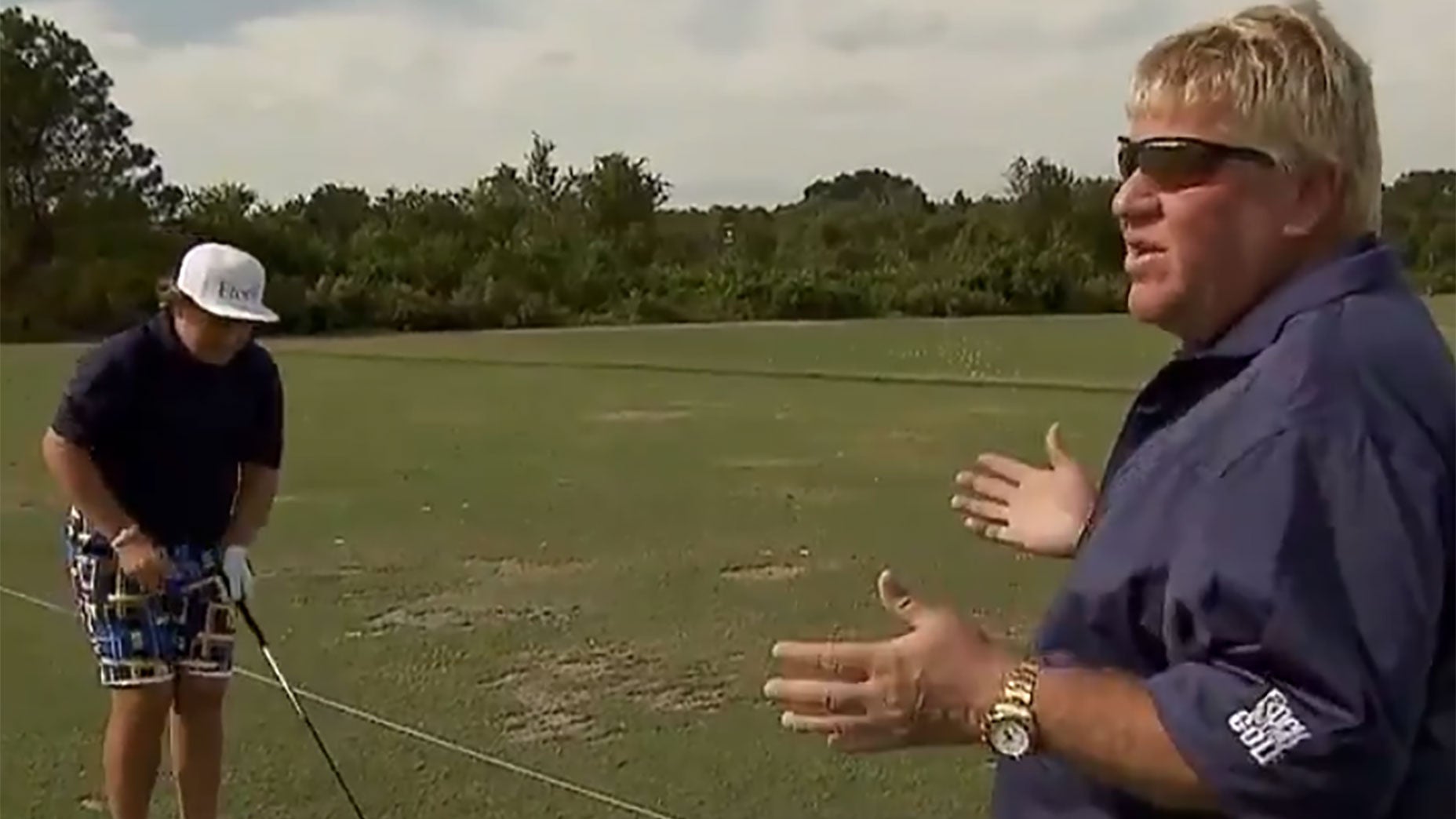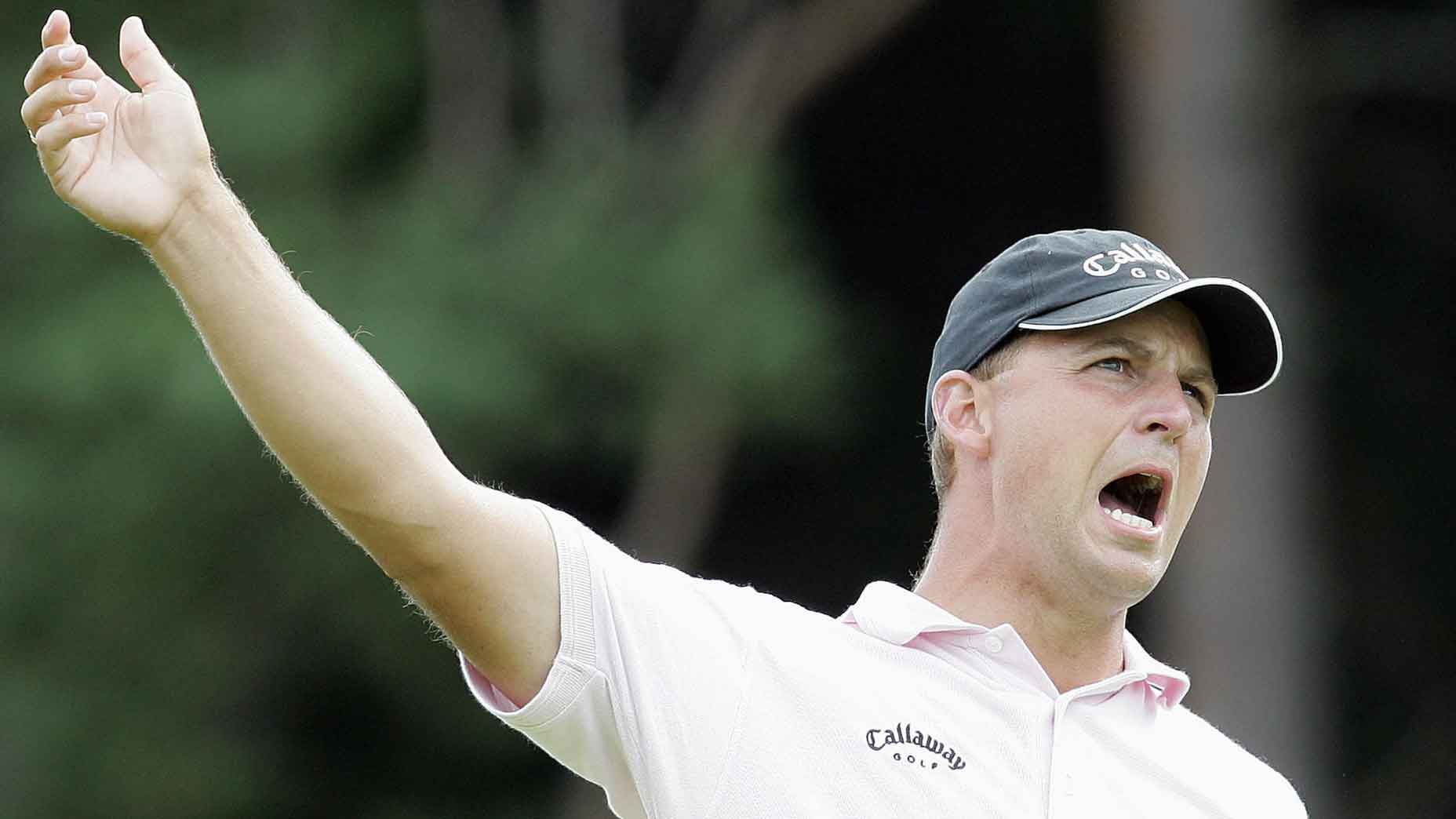The worst feeling I’ve ever had with a golf club in my hand? I’m so glad you asked!
It was early September, and I found myself on a work trip with the GOLF crew. We were at the Titleist Performance Institute in Oceanside, Calif. and I found myself in front of a small army of cameras and onlookers, including Jon Rahm’s swing instructor Dave Phillips. The goal of our little get-together was simple — Dave and crew would watch me hit a few balls, then I’d receive some swing advice.
Well, except for one small issue: in the precise moment I needed five-to-10 decent golf swings, my body decided — in its infinite wisdom — to produce the worst bout of the shanks I have ever experienced. No matter the club, swing type, or thought, the result was the same: an absolute hosel-rocket, sending each crisply made ProV1x on a sharp 45-degree angle to my left.
Those in attendance looked on in stunned silence. I murmured more than a handful of profanities. Dave, sensing my sheer terror, did his best to downplay the situation.
“I’m sure this doesn’t usually happen,” he said. “You have a solid swing.”
After 20 minutes of pure torture, Dave encouraged me to hang my clubs up for the afternoon, motioning me back to his studio, where we were set to take a handful of minutes to study my swing from videos he’d grabbed.
How a shank (!) could end up denying this pro a shot at millionsBy: Nick Piastowski
Quickly, Dave put my swing on the screen in front of me and shared a quick smile.
“You,” he said. “I think we’re going to have a really quick fix for you.”
He played the video of my swing. The issue, as he explained, was simple. Every golf swing involves loading and unloading. In our backswing, we load our energy, and in our downswing, we unload that energy, we hope, in the direction of the ball. Most of my swing was fine, but sometime during my flight to San Diego, I’d stopped loading.
He played my swing again, pausing as I reached the top of my backswing. All my weight was placed directly above my front foot.
“There’s nowhere for that weight to go,” Dave explained. “So, all you can do is bail out, and that’s when the hosel becomes exposed.”
Then Dave asked me to get into my setup position.
“What you want it to feel your weight here,” he said, pushing all of my weight onto my back foot as I reached the top of my backswing.
The goal, he said, was to feel my weight shift from my back foot to my front foot with every swing. This weight transfer would allow me a cleaner transition at the ball, keeping my weight in the correct place as I moved through the ball, and allowing me to swing through the ball without exposing the hosel.
I took a few more practice swings on the range (of course, with the cameras off) and noticed an almost immediate change. I was more consistent contacting the ball, and even found a tighter dispersion on my iron swings.
In the months since, that one shift has been responsible for some of my lowest scores of the 2021 season, and more than that, my highest level of confidence swinging an iron at any point in my golfing career.
Sure, it won’t change the past for me. But if you have the occasional battle with the shanks, practice that weight transfer — it could very well save you in the future.











